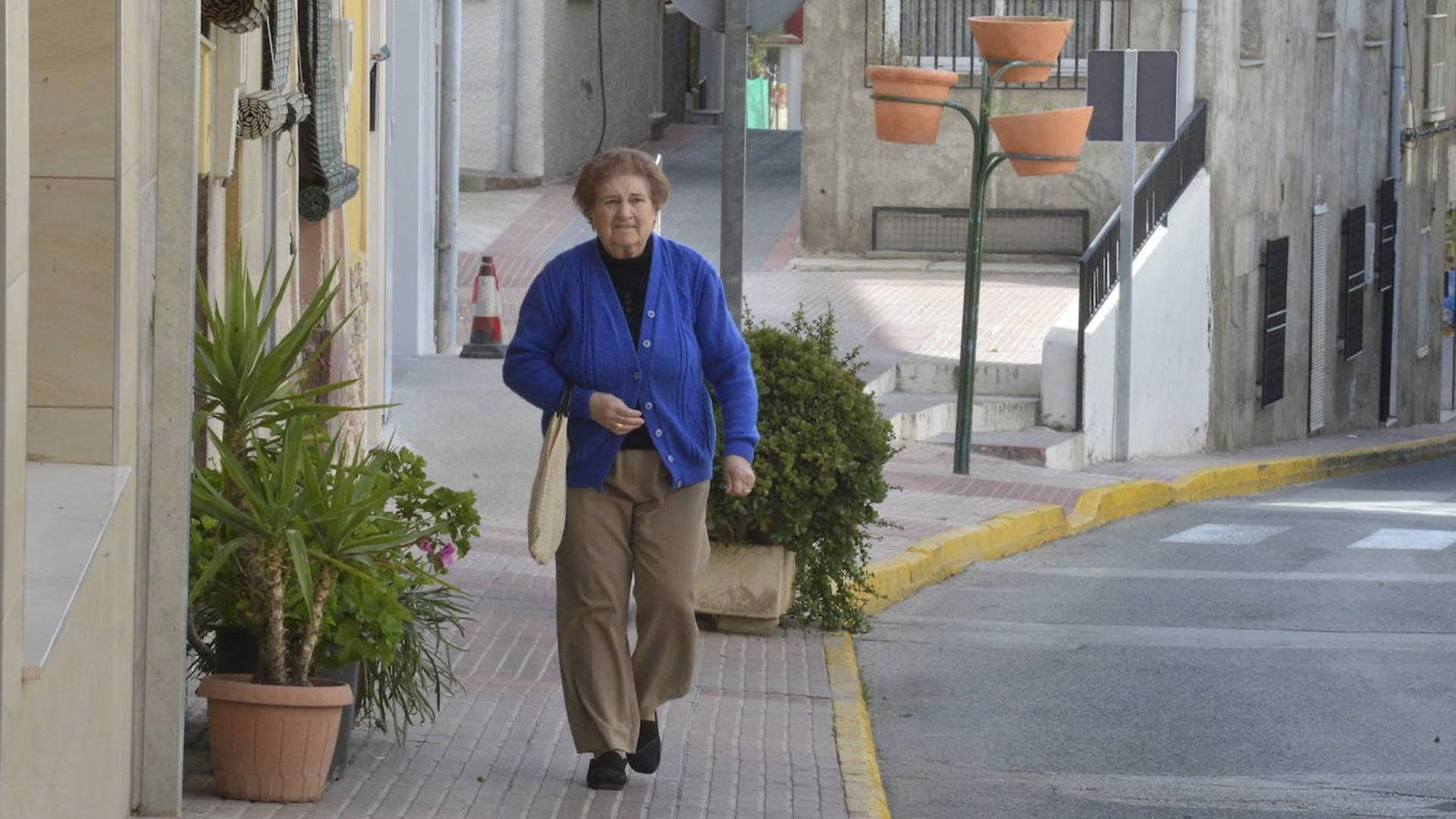Two years of corona and two years of record inflation have been a major challenge for the economy. The current brochure that the Chamber of Commerce issues annually shows how Tyrol is positioned economically.
“Two years of the corona pandemic and two years of the energy crisis are behind us. The consequences continue to determine the economic situation in our country. As in the past, Tyrolean companies and their employees are mastering these challenges.” With these words, Stefan Garbislander, Head of Economic Policy, Innovation and Sustainability at the Tyrolean Chamber of Commerce, introduces the presentation of the hot-off – the press kit “What Tyrolean entrepreneurs achieve”.
This contains a lot of exciting data about the economy in the “Holy Land” (see also the chart below).
27 percent more companies in the past ten years
By the end of 2023, there were exactly 51,435 companies in this country. “The number of active companies has increased by 27 percent since 2013,” Garbislander explains. Of the companies, 3,339 were newly founded. According to the manager, there were 37 percent more start-ups than ten years ago. “The number of people employed in the commercial economy also grew by 15 percent during this period to 268,290. Especially in times like these, it is an achievement that deserves recognition.”
Dual training should not be underestimated either. In 2023, 10,258 apprentices were trained in 3,069 companies. “Dual education is a crucial cornerstone of the Tyrolean economy, because today’s apprentices are tomorrow’s qualified specialists and entrepreneurs,” says Garbislander.
The salaries paid amounted to more than 19 billion euros
It is also exciting to look at the structure of the companies. Most companies are in the trade and craft sector with 38 percent. Retail is in second place with 22 percent. Meanwhile, the bronze medal goes to the tourism and leisure sector with 17 percent. This is followed by information and advice (16%), transport and traffic (6%), industry (0.7%) and finally banks and insurance companies with 0.1 percent.
What is also impressive is not only the salaries paid, which amounted to EUR 19.2 billion in 2022, but also the gross added value, which amounted to around EUR 35.2 billion in the same year.
Myth tourist country: the industry is also great
The “Holy Land” can also boast its exports of goods and services. Last year, they amounted to 16.6 billion euros, a proud increase of 52 percent compared to 2013. “Around four out of every ten euros of the Tyrolean gross regional product is earned through exports,” explains Stefan Garbislander. The most important trading partners are Germany (31%), Switzerland and Liechtenstein (17%), Italy (10%), the USA (5%) and France with 4 percent.
Speaking of exports and industry: Tyrol is generally considered a tourist country, and that is true if you look at the gross added value of 13 percent and the approximately 55,000 employees. But we are also a successful industrial country. “Sales production amounted to 13.9 billion euros in 2023 and could therefore be increased by 45 percent in ten years,” the head of department calculates.
Investments in research and innovation are important
One reason why Tyrol is doing so well despite the crises is its investments in research and innovation. In 2021, companies invested 544 million euros in research. Meanwhile, in 2022, investments by companies amounted to 4.6 billion euros.
How the economy of Tyrol will develop is still unclear. Given the expected recession this year, the outlook for the future is not exactly rosy.
Source: Krone
I’m Ben Stock, a journalist and author at Today Times Live. I specialize in economic news and have been working in the news industry for over five years. My experience spans from local journalism to international business reporting. In my career I’ve had the opportunity to interview some of the world’s leading economists and financial experts, giving me an insight into global trends that is unique among journalists.



